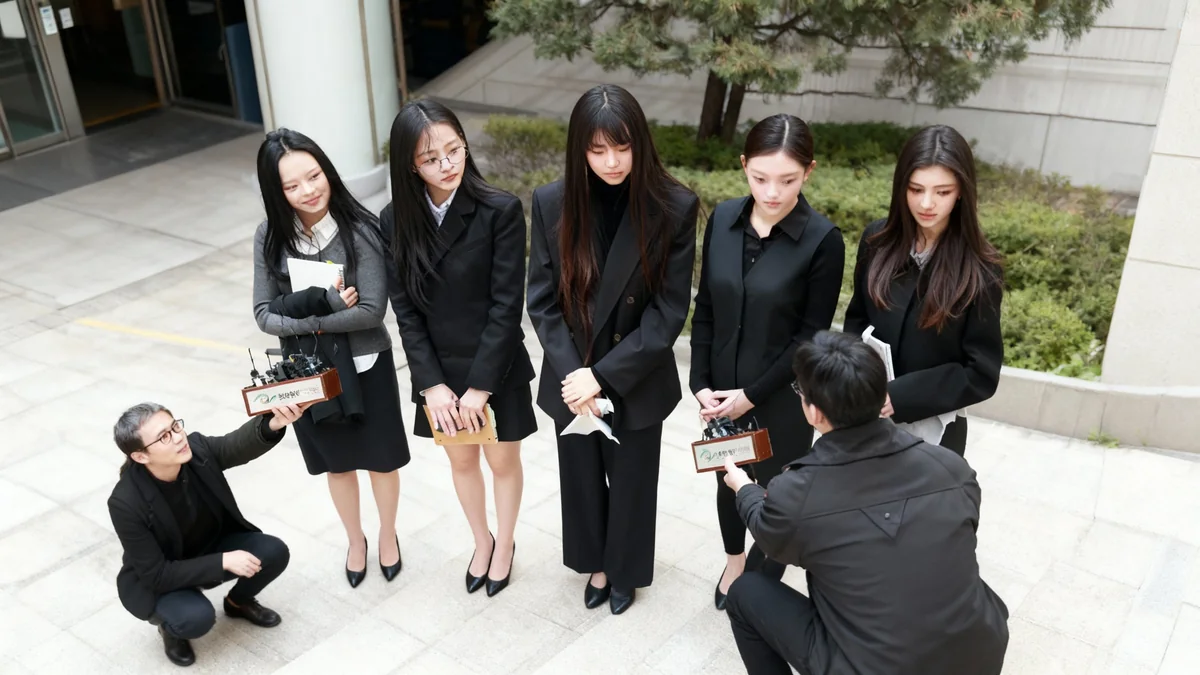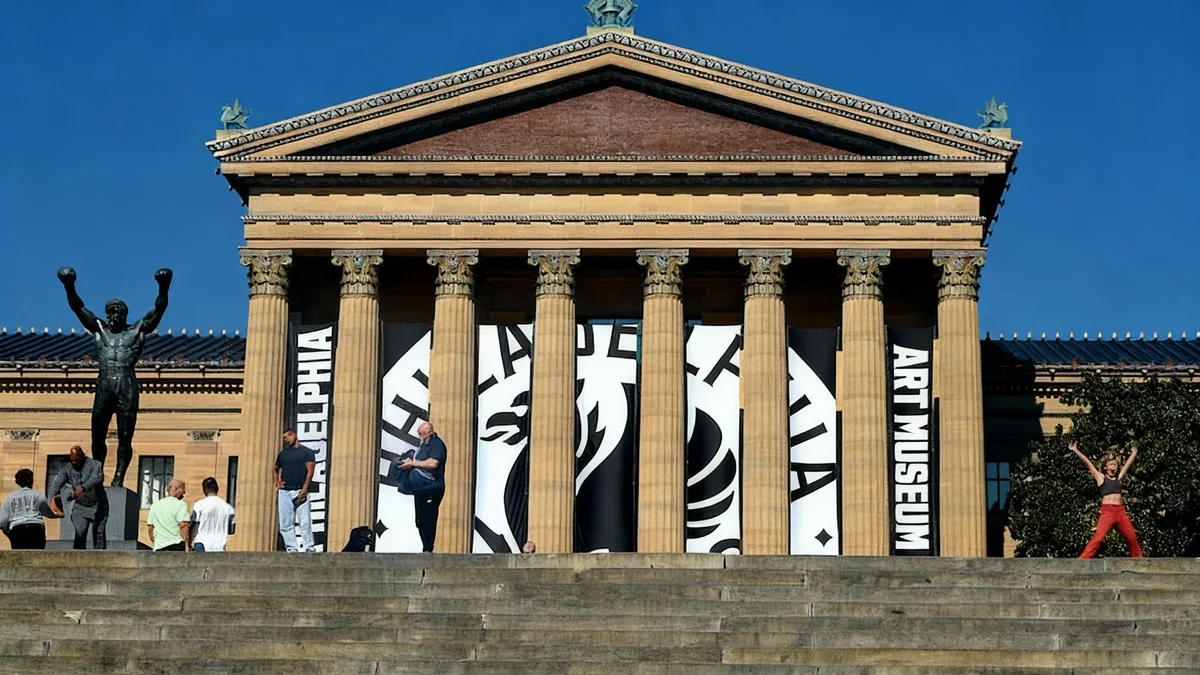Uzbekistan's parliament has approved legislation that would make photographing or filming individuals without their permission illegal. The proposed law, passed on October 7, would require verbal or written consent from anyone being captured on camera. Violations could lead to significant fines, potentially reaching up to $1,364, along with the confiscation of camera equipment. This move aims to protect personal privacy but raises questions about its practical application and potential effects on tourism and journalism in the Central Asian nation.
Key Takeaways
- Uzbekistan's parliament approved a bill banning photography of people without consent.
- Violators could face fines up to $1,364 and equipment confiscation.
- The law requires permission for photographing children under 16 from parents or caregivers.
- Critics are concerned about the law's impact on tourism and independent journalism.
- The bill now awaits Senate approval, a step often seen as ceremonial.
New Photography Rules Await Final Approval
The legislation has passed through the country’s parliament. It now moves to the Senate for final approval. In Uzbekistan, this Senate step is largely considered a formality. If approved, the law will take effect on October 10, 2025.
The ban specifies that individuals must give consent before being photographed or filmed. This consent can be either spoken or written. The law also includes a specific clause about children. For any child under 16, a parent or caregiver must provide permission for their image to be captured.
Fact: Potential Fines
The proposed penalties for violating the photography ban include fines of up to $1,364. Additionally, camera equipment used in the violation could be confiscated by authorities. This represents a substantial financial consequence for individuals.
Uncertainty Over Enforcement and Scope
Many details about how the new law will be enforced remain unclear. Anzor Bukharsky, a prominent Uzbek photographer, has voiced these concerns. Bukharsky leads photo expeditions for tourists visiting Uzbekistan. He questions how the law would apply to large crowds or to people who are only incidentally visible in a photograph.
"Can a citizen claim that the person in the photograph is really them if they are wearing a gas mask or Santa Claus makeup?" Bukharsky asked, highlighting the potential ambiguities.
These questions point to challenges in defining who is identifiable and how consent can be practically obtained in dynamic public settings. For instance, photographing a busy market or a public event could become problematic under such strict rules.
Protecting Privacy or Silencing Critics?
Uzbek lawmakers state the primary goal of the ban is to protect people's privacy. They especially emphasize safeguarding children. However, some critics suggest other motives. They point to past incidents involving corrupt officials and police being filmed. These incidents led to public scandals.
A draft of this legislation first appeared in 2020. At that time, it focused on forbidding the publication of images and recordings. The current version has expanded significantly. It now includes the "capture and storage" of such recordings, meaning the act of taking the photo itself would be illegal without consent.
Background: Uzbekistan's Tourism Growth
Uzbekistan attracts millions of tourists annually. They are drawn to its historic Silk Road cities like Samarkand and Bukhara, known for their stunning Islamic architecture. The country has ambitious plans to further expand its tourism industry, making the potential impact of new laws on visitors a key consideration.
Impact on Tourism and Local Culture
Uzbekistan has seen a rise in tourist numbers. Many visitors come to see its ancient Silk Road landmarks. Bukharsky notes a shift in the tourist demographic. Younger, more adventurous travelers are now visiting, moving beyond the older, package-tour groups of earlier decades.
These younger tourists often seek to capture the everyday life and unique traditions of the region. They are interested in national costumes, narrow old city streets, bustling bazaars, and traditional tandoor ovens. Bukharsky explains that tourists have traditionally photographed these scenes without issue.
The new law could change this dynamic significantly. It might deter potential tourists who wish to document their experiences freely. Uzbek citizens are generally open to being photographed. However, the ban could alter this cultural norm, particularly in popular tourist spots like local markets.
- Traditional Tourism: Older tourists focused on architectural sites.
- Modern Tourism: Younger visitors seek cultural immersion and daily life scenes.
- Tourist Activities: Many travelers enjoy photographing local markets, streets, and people.
- Potential Deterrent: The ban could make tourists hesitant to take photos, impacting their experience.
Concerns for Journalists and Activists
Beyond tourism, there are concerns about the law's broader implications. Some observers fear it could empower authorities to restrict the work of independent journalists and activists. Capturing images or videos that expose wrongdoing could become a legal risk.
Bukharsky emphasized this point. He stated that it is crucial for the new law not to become a tool for manipulation or repression. He specifically mentioned "unreliable" bloggers and media outlets, suggesting that the law could be selectively applied to silence critical voices.
Quote on Manipulation Risk
"The most important thing is that this new law does not become a source of manipulation or tool for repression against ‘unreliable’ bloggers and media outlets," said Anzor Bukharsky, expressing a key concern among critics.
Uzbekistan is actively working to boost its tourism sector. The country has ambitious plans for growth in this industry. Given this, some commentators believe the photo ban might not be strictly enforced across the board. One observer noted, "the harshness of our laws are compensated by the optional enforcement of them." This sentiment suggests that practical application might differ from the letter of the law, especially when economic interests are at stake.
The coming months will show how the Senate handles the bill and how the government plans to address the practical challenges and public concerns raised by this proposed photography ban.




